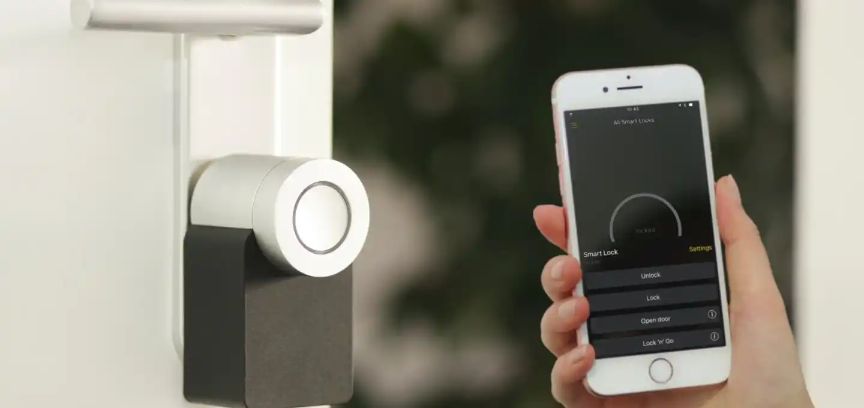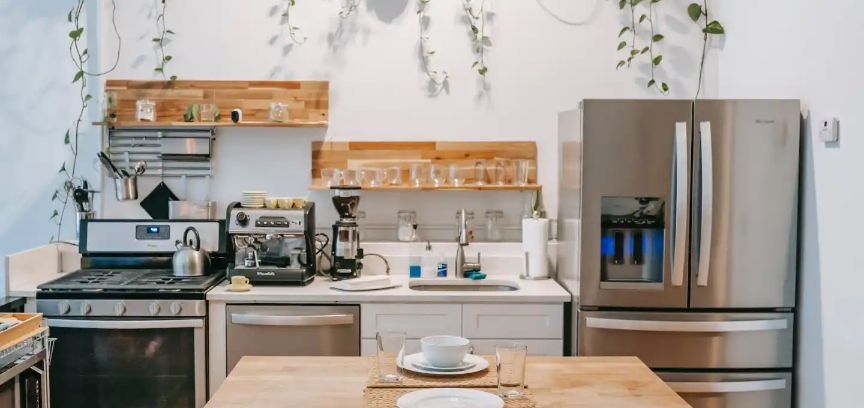From Scratch to Smart: Building Your Own Home Automation System
4 min read
20 Jun 2024
Building your own home automation system from scratch is not just a rewarding DIY project; it's a journey into the world of technology and innovation. Whether you're a tech enthusiast, a tinkerer, or someone who craves complete control over their smart home, this guide will take you through the steps to create a personalized and robust home automation system that caters to your unique needs and preferences.
Define Your Goals:
Before diving into the technical aspects, it's essential to define your goals and objectives for the home automation system. What do you want to achieve? Are you primarily interested in convenience, energy efficiency, security, or a combination of these factors? Identifying your goals will help you prioritize the components and features you'll implement.

Choose Your Platform:
Selecting the right home automation platform is a critical decision. There are both commercial options and open-source solutions available. Commercial platforms like Apple HomeKit, Amazon Alexa, and Google Home offer user-friendly interfaces and a wide range of compatible devices. On the other hand, open-source platforms like Home Assistant, OpenHAB, and Domoticz provide flexibility and customization options.
Select Compatible Devices:
Once you've chosen a platform, research and select compatible devices based on your goals. These devices can include smart bulbs, switches, sensors, cameras, locks, thermostats, and more. Ensure that the devices you choose are compatible with your selected platform to enable seamless integration and control.
Set Up a Home Server:
To create a robust and independent home automation system, consider setting up a dedicated home server or a Raspberry Pi-based solution. This server will host your chosen home automation platform and act as the central hub for your smart devices. Ensure that your server hardware and software meet the system requirements of your chosen platform.
Install and Configure Your Home Automation Platform:
Follow the installation instructions for your selected home automation platform on your server. Once installed, configure the platform to recognize and communicate with your smart devices. You'll need to pair or add each device to the platform, following the manufacturer's instructions.
Create Automation Rules:
The heart of your home automation system lies in automation rules. These rules define how your smart devices should behave based on triggers and conditions you set. For example, you can create rules to turn on lights when motion is detected, adjust the thermostat based on temperature sensors, or lock doors at a specific time.
Customize User Interfaces:
Most home automation platforms offer customizable user interfaces that allow you to create dashboards and control panels tailored to your preferences. You can design these interfaces to control your devices, monitor sensor data, and trigger automation routines. Many platforms also support voice control through popular virtual assistants.
Building your own home automation system from scratch is a fulfilling journey that allows you to tailor your smart home to your unique preferences and needs. Whether you're driven by convenience, energy efficiency, security, or pure tech enthusiasm, creating a DIY home automation system empowers you to unleash your inner tech wizard and transform your living space into a smart and connected environment that truly reflects your vision.



